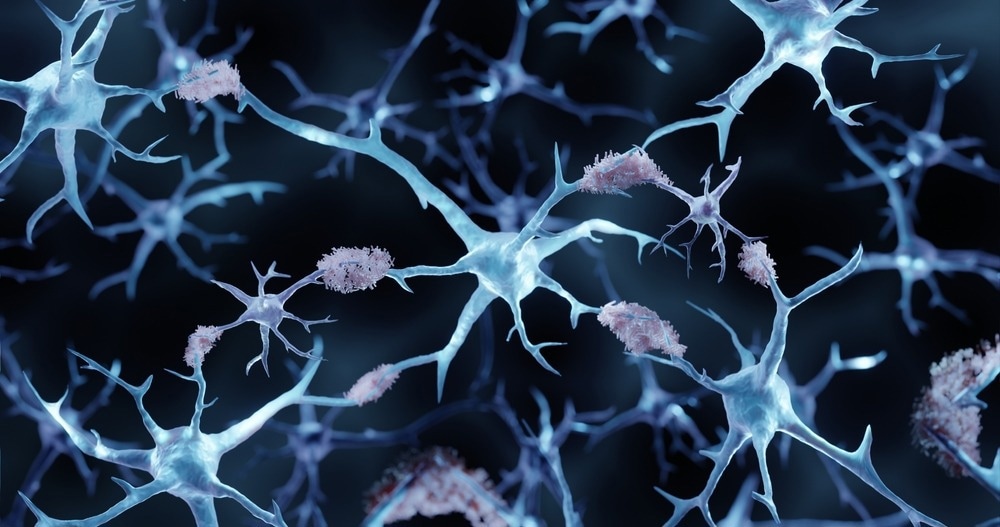The human genome project started in 1984 and was completed in April 2003 with the aim of providing a revolutionary advancement in genomics. The ability to read the entire genomic blueprint for a human is associated with significant translational applications for biomedical research and medicine.
Similar to this grand undertaking, an international team of researchers have aimed to map the complete collection of proteins in the human body in a venture named the Human Proteoform Project, which will be further explored in this article.
The Cell- Based Human Proteome Project | Neil Kelleher | TEDxNorthwesternU
What is the Human Proteoform Project?
The Human Proteoform Project aims to characterize known proteoforms, including specific protein molecules, and identify and analyze novel proteoforms in human cells, tissues, and fluids.
The human body consists of a minimum of 20,000 individual genes, and proteins from each gene are processed into different forms, known as proteoforms. This translates to a million unique proteoforms being produced from the 20,300 genes in the human body as a result of processes including genetic variation, modification, or alternative splicing.
The ultimate goal for this innovative project is to create a comprehensive Human Proteoform Atlas, which will work to be a definitive reference point for both the public and those in the science field, including private proteomic companies. This extensive and high-quality proteoform atlas requires researchers to accelerate the development of novel and powerful technologies to enable deep analysis of proteoforms. The revolutionary plans of this project have been published in the journal Science Advances.
“We are all built of proteins, and most drugs target proteins. But understanding proteins is an open frontier. Like other seminal moments in science and technology, this project will serve as a major achievement that can help us more fully understand proteins’ role in all types of disease, aging and new therapeutics.”
Neil Kelleher, Northwestern University
Applications
Proteins hold significant value in biology, being translated from nucleotide bases and amino acids that are fundamental building blocks of the human body, with cells, tissues, and organs all made from proteins. A complete understanding of these primary effectors ensures knowledge of protein structure and function and their behavior, which is crucial for translational research.
With disease research being dependent on understanding protein interaction for effective treatment, the Human Proteoform Project may be revolutionary for treating all protein-related diseases.
Northwestern professor Kelleher described proteoforms as having “a life of their own. They can be activated or repressed after they are produced, and their diversity varies widely in our different cell types in unknown ways. Understanding the exact proteins we are made of is complex and challenging and will require a major global effort.”
Additionally, while the Human Genome Project already exists and has hugely aided in disease research, the sequencing of the genome does not provide the required information that this novel protein project aims to provide. Only the direct analysis of sole proteoforms within the Human Proteoform Project can reveal the composition of proteoforms, which allows for studying both their spatial distributions and temporal dynamics within biological systems.

Image Credit: ART-ur/Shutterstock.com
Protein-related Diseases
Examples of protein-related diseases include protein misfolding and degenerative diseases, with the accumulation of misfolded proteins that can result in disease. Amyloid diseases such as Alzheimer’s are included in the category of misfolded proteins and accounts for approximately 10% of over sixty-five-year-olds in North America. Other types of amyloid diseases consist of Parkinson’s and Huntington’s disease.
However, protein aggregation outside of central nervous system diseases can occur and affect peripheral tissues leading to amyloidogenic diseases, including a range of different diseases, such as type 2 diabetes, hemodialysis-related disorders, inherited cataracts, as well as some forms of atherosclerosis.
Protein-related diseases, both rare and common, can all be aided with further comprehension using the Human Proteoform Atlas to possibly target these diseases more accurately using novel targets. This may result in treatments of diseases that do not yet have a cure or effective treatment, such as degenerative and central nervous system diseases.
Future Outlook
The development and completion of the Human Proteoform Project will aim to identify and characterize all proteins within the human body, and this may aid in further comprehending how proteins are involved in the pathophysiology of diseases. Using this atlas can ensure the bridge between genotypes and phenotypes within the body is understood more comprehensively, with proteins being provided with a spotlight for their contribution towards disease formation.
“with our global collaborators, we are excited to bring about the next generation of proteomics. Defining the human proteome will allow [researchers] to really accelerate the pace of biomedical research and discovery.”
Kelleher
Having a global effort to characterize proteins that are at the root of both very common diseases, such as type 2 diabetes, as well as rare disorders like central nervous system diseases, including Alzheimer’s, can ensure an increase in treatment efficacy.
Continue Reading: Understanding Neurobiology through Proteins
Sources:
- Human genome project timeline. Genome.gov. Available at: https://www.genome.gov/human-genome-project/timeline (Accessed: February 26, 2023).
- Morris, A.| B.A.M. (2021) Human Proteoform project to map proteins in human body, Northwestern Now. Available at: https://news.northwestern.edu/stories/2021/11/human-proteoform-project-to-map-proteins-in-human-body/ (Accessed: February 26, 2023).
- Reynaud, E. (2010) Protein Misfolding and Degenerative Diseases. Nature Education 3(9):28
- Smith, L.M. et al. (2021) “The Human Proteoform Project: Defining the human Proteome,” Science Advances, 7(46). Available at: https://doi.org/10.1126/sciadv.abk0734.
Further Reading
Last Updated: Nov 4, 2024